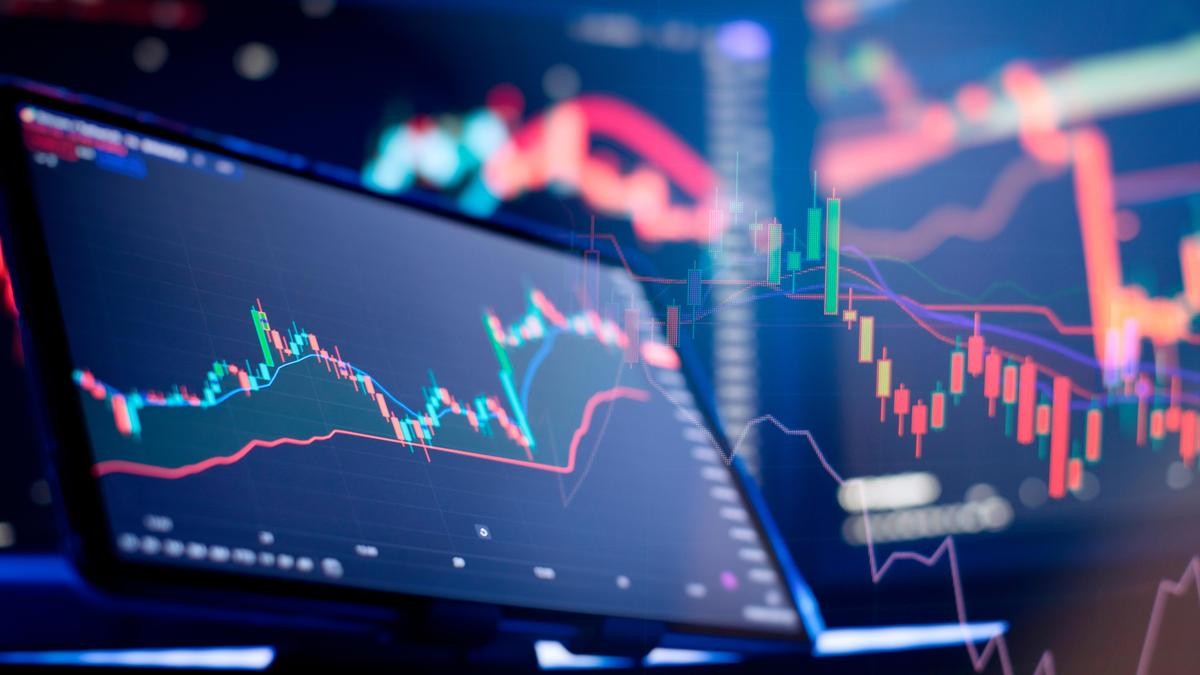



ICAR’s genome-edited rice varieties—DRR Dhan 100 and Pusa DST Rice 1—offer higher yields, climate resilience, and reduced environmental impact. They mature faster, save water, withstand salinity and heat, and boost farmer incomes. Cultivated across major rice-growing states, these varieties support food security, sustainability, and climate-smart agriculture in India.

Copyright infringement not intended
Picture Courtesy: THE HINDU
The Indian Council of Agricultural Research (ICAR) has developed two new rice varieties using genome editing. This is a major achievement, as India is the first country to create such rice varieties.
DRR Dhan 100 (Kamala):
Pusa DST Rice 1:
Higher Yields:
Climate Resilience:
Cost Savings:
Early maturity (15–20 days less) reduces labor, water, and energy costs. Farmers spend less on inputs, lowering production costs.
Must Read Articles:
PUSA-2090 and PUSA 44 Rice Varieties
Rice Fortification Initiatives in India
ICAR: Promoting Agricultural Research & Development
Source:
|
PRACTICE QUESTION Q. Which of the following statements about rice cultivation are correct?
How many of the above statements are correct? A) Only one B) Only two C) Only three D) All four Answer: C Explanation: Statement 1 is correct: Rice requires a significant amount of water, and regions with annual rainfall between 100–200 cm are ideal for rice cultivation. Statement 2 is correct: Rice thrives in deep, fertile clayey or loamy soils, and alluvial soils along river banks are particularly suitable for rice cultivation. Statement 3 is correct: The growth of rice grain weight is obstructed by low temperatures, and the obstruction is recognizable below 20°C. The ideal temperature for rice ripening is between 20°C and 25°C. Statement 4 is incorrect: Rice is a warm-season crop that requires constant heat and humidity. Frost is harmful to rice growth, and planting should occur after the last frost date. |








© 2025 iasgyan. All right reserved